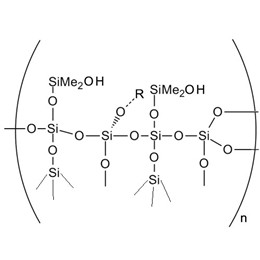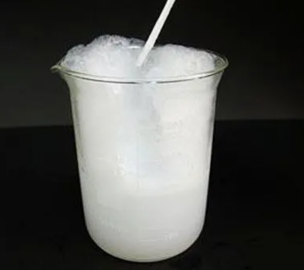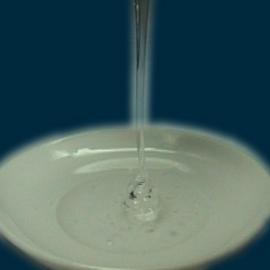Solar energy is gaining more and more attention as a clean and renewable source of energy, and thin-film solar cells are widely used because of their good flexibility, lightweight, and low production cost. Choosing the right adhesive is a critical part of the manufacturing and encapsulation process for thin-film solar cells. It can significantly affect the performance, durability, and cost of the cells. Why choose silicone adhesives in thin-film solar cells?
As the main adhesive for thin-film solar cells, silicone adhesive, and silicone sealant have become the ideal choice in this field due to their excellent temperature resistance, low odor, chemical compatibility, high light transmission, production process flexibility, and environmental friendliness. With the continuous progress and development of science and technology, the application of organic silicone in thin-film solar cells will be more extensive, to promote the use of renewable energy and development to contribute to a force. In the future, with the continuous innovation of materials science, looking forward to organic silica gel and other new adhesives for the development of thin-film solar cells to open up a broader prospect.
The following seven aspects of the application of silicone adhesives:
- What are the characteristics of silicone adhesive?
- How to judge the quality of silicone bonding sealant?
- How to choose the most suitable silicone adhesive sealant?
- Why apply silicone adhesive?
- What are the precautions for silicone adhesive?
- How to optimize the use of silicone adhesives?
- How to make silicone adhesive performance better?
1. What are the characteristics of silicone adhesive?
Silicone adhesive is a kind of adhesive and sealing material formed by a chemical reaction with silicone as the main component and various additives and fillers. It has the following characteristics in bonding applications:
(1) Excellent high and low-temperature resistance: Silicone can maintain good elasticity and adhesion in the high-temperature range of -60℃ to 200℃ and will not be destroyed easily during extreme temperature changes.
(2) Good aging resistance: It can be exposed to ultraviolet rays, ozone, rain, and other environments for a long time without significant degradation.
(3) Good flexibility: Its flexible bond can adapt to the deformation surfaces caused by thermal expansion and contraction between different materials.
(4) Excellent electrical insulation: It is widely used in electronic and electrical applications.
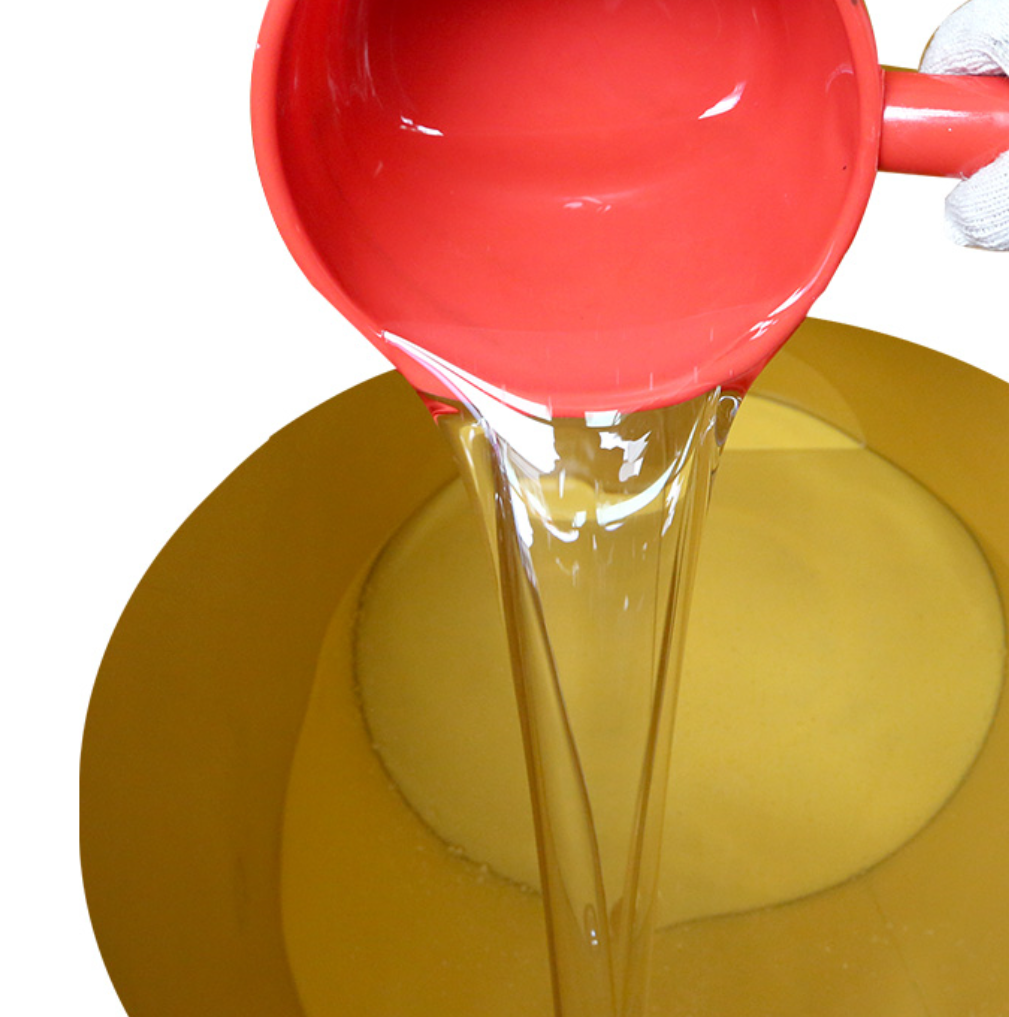
XJY-8206N Methyl Vinyl MQ Silicone Resin is a colorless and transparent liquid resin, composed of vinyl MQ type silicone resin and vinyl silicone oil, which can be used for LSR, liquid additive molding silicone rubber, and other two-component additive adhesives.

XJY-8205 Methyl MQ Silicone Resin is a solid powder resin, which can be used as reinforcing material for liquid silicone rubber. Adding MQ resin to the potting adhesive can improve the high and low-temperature resistance and prolong the service life.

XJY-8207 S/M Hydrogen MQ Resin can be used as the raw material of silicone tackifier used in silicone adhesive sealant to provide excellent adhesion.

2. How to judge the quality of silicone adhesive?
“Thin” mainly refers to the viscosity of the sealant. Low viscosity sealant fluidity, easy to apply, suitable for filling and sealing occasions. "Strong” refers to the adhesive strength and tensile strength of the sealant after curing. The combination of these two determines the performance of the sealant in use.
(1) Viscosity selection: Select a few candidates, through the tilt viscosity test or use a professional viscometer to measure its viscosity value. Products with moderate viscosity are easier to handle and control in use.
(2) Adhesive strength test: Apply the sealant to two different materials and perform a tensile test after curing to observe the bonding effect. Usually, high-quality silicone can provide strong adhesive strength after curing to ensure the solidity of the connection part.
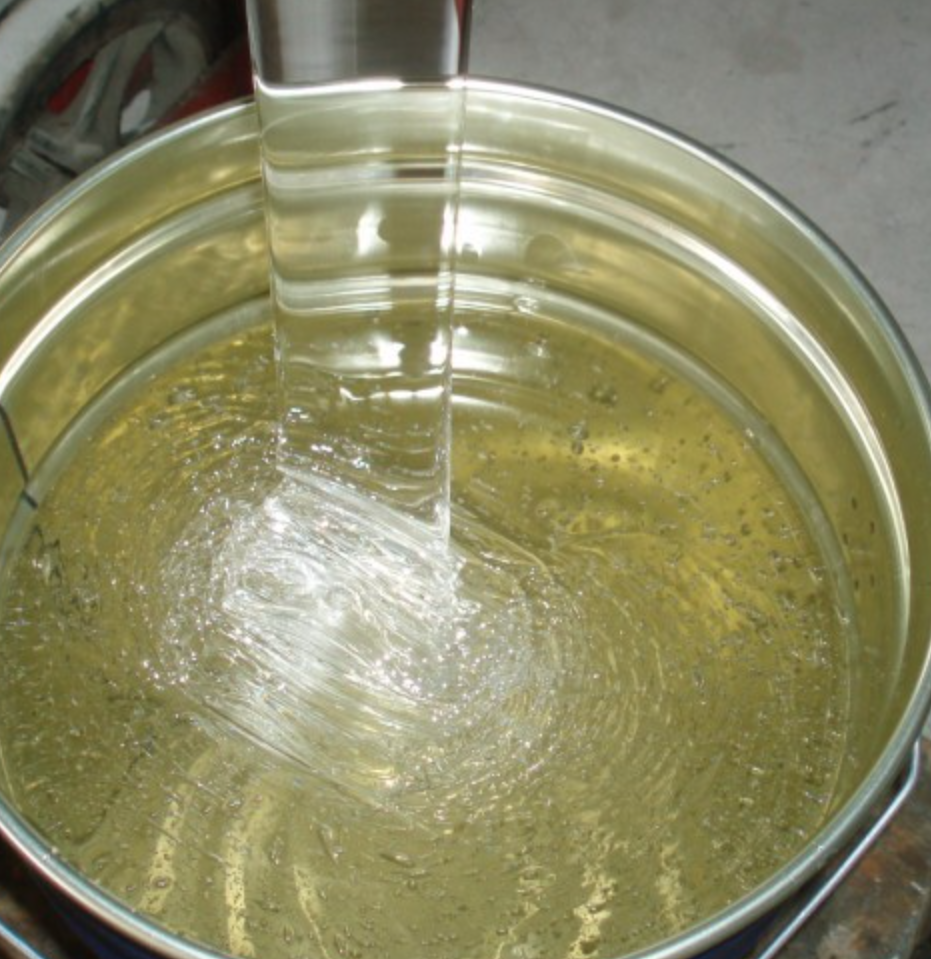
3. How to choose silicone adhesive?
After clarifying the basic characteristics and brands of silicone adhesive sealants, the next step is to select the product according to the specific needs of the application. The following suggestions can help you make a wise choice:
(1) Application scenarios: According to the use of environmental temperature, humidity, ultraviolet intensity, and other factors, select the corresponding characteristics of the sealant. For example, outdoor applications require the selection of products with excellent UV and aging resistance.
(2) Material matching: The surface energy and chemical properties of different materials are different, you need to choose sealants that can form a good bond with these materials. Test the bonding effect of different materials to ensure its applicability.
(3) Construction conditions: We should consider the convenience and efficiency of construction. Sealant with moderate viscosity is easier to apply and fill, suitable for large-area construction.
(4) Cost-effectiveness: Under the premise of meeting the performance requirements, choose cost-effective products, and reasonable cost control.
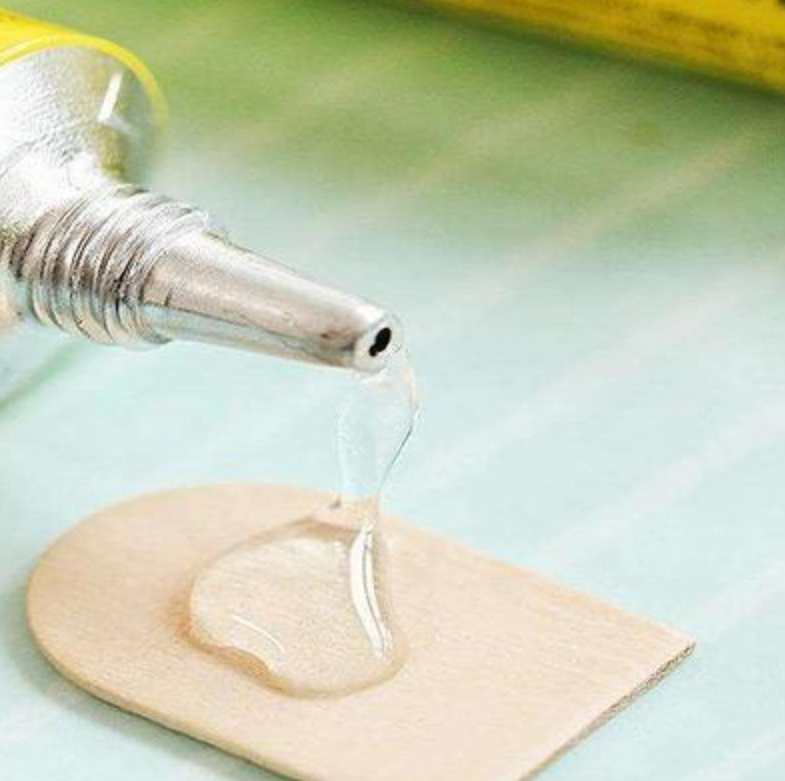
4. Why apply silicone adhesive?
Among the many adhesive options, silicone is gradually recognized as the main adhesive for thin film solar cells due to its excellent performance.
(1) Excellent temperature resistance and weathering resistance
Thin-film solar cells in practical applications usually face high temperatures, humidity, uv radiation and other harsh environments. Traditional adhesives in such environments tend to perform poorly, prone to aging, peeling performance degradation, and other issues. Silicone adhesives, on the other hand, can work stably in extreme temperature ranges, from -60°C to over 200°C, without affecting their adhesive ability and physical properties. In addition, its excellent anti-uv light performance, so that thin-film solar cells in long-term exposure to sunlight can still maintain good adhesive strength, to ensure the long-term stability of the battery.
(2) Chemical compatibility
The structural materials of thin-film solar cells usually include semiconductor materials used to form the photoelectric conversion layer, organic film, and other polymer materials. These materials in long-term contact, will produce active decomposition, migration, or interaction, thus affecting the performance of the battery. Silicone is superior in this regard, with good compatibility with a wide range of materials, effectively preventing bonding failures caused by chemical reactions. In addition, silicone adhesive also has excellent water resistance, its molecular structure will not be subject to water intrusion, which can effectively prevent moisture, to protect the battery's long-term performance stability.
(3) High transparency and excellent optical properties
Thin-film solar cell efficiency and light transmission rate are closely related to any factors that prevent light from entering the battery and may lead to a reduction in power output. The high transmittance of silicone ensures full penetration of light on the surface of the cell, thus enhancing the photoelectric conversion efficiency of the cell. Compared with traditional adhesives, silicone in optical transparency is more advantageous, so thin-film solar cells can be in all kinds of light conditions to achieve optimal performance.
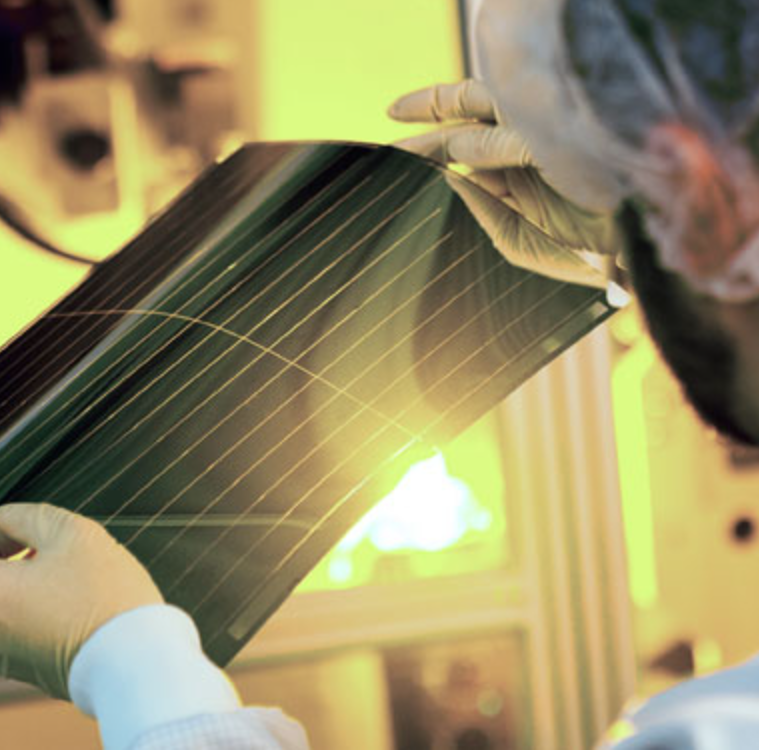
(4) Convenience
The silicone adhesive in the curing process reaction is relatively mild and does not produce thermal damage to the surrounding materials or chemical corrosion, to ensure the integrity of the battery components in the assembly process. In the application process, silicone can also be used in a variety of sizing processes, such as spraying, coating, etc., and can flexibly adapt to different production needs. The processing process is simple, and suitable for large-scale industrialized production, further reducing production costs and improving production efficiency.
(5) Environmental friendliness
In the face of increasingly serious environmental problems, promoting the application of green technology has become a global consensus. Organic silica gel usually does not release harmful substances during production and application, and its sustainability and recyclability are in line with the current trend of environmental development. This not only meets the relevant regulatory requirements but also to a certain extent enhances the competitiveness of the product market, in line with the growing concern of consumers about the green concept.
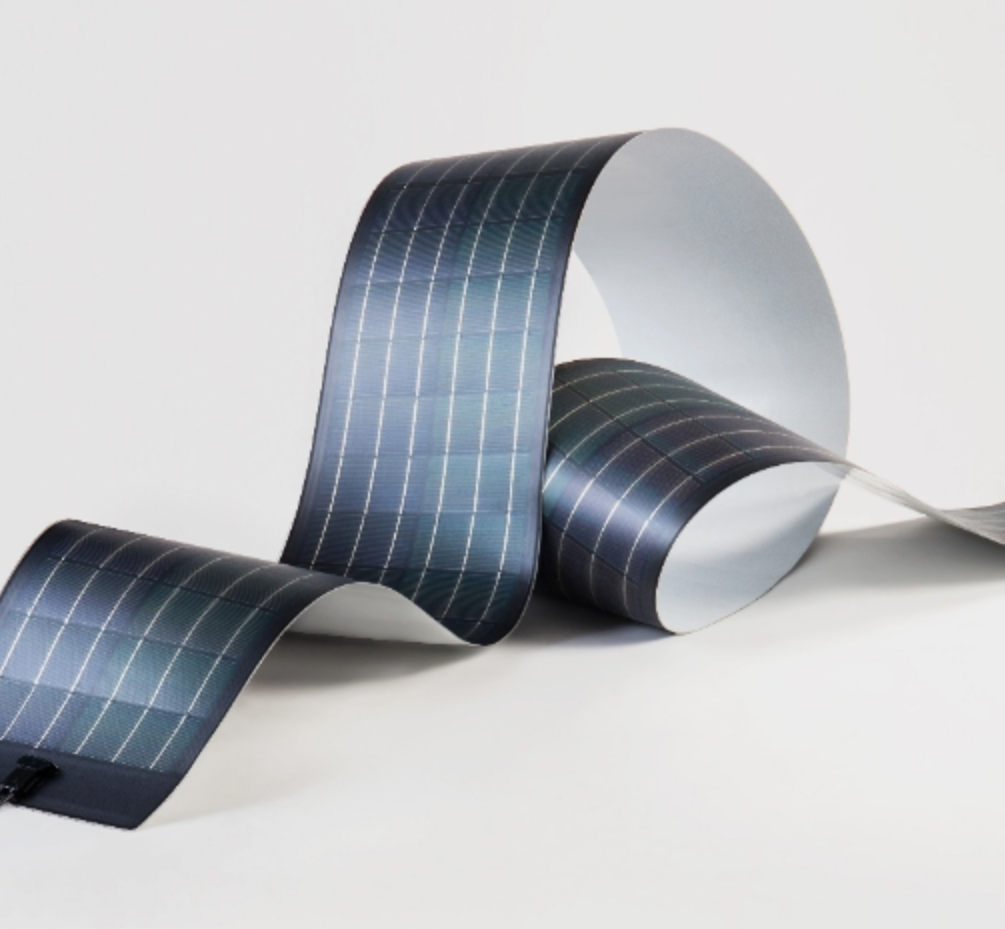
5. What are the precautions for silicone adhesives?
In practice, the effect of silicone adhesive sealant not only depends on the quality of the product but also closely related to the construction method and the use of the environment. The following are some precautions in practical application to help you better utilize the silicone adhesive sealant:
(1) Surface treatment:
Ensure that the bonding surface is clean, dry, and free of oil and dust. Use appropriate cleaners to clean and, if necessary, use sandpaper or abrasive tools (rubbing alcohol) for surface sanding to improve the bonding effect. non-porous surface is best.
(2) Adhesive application techniques:
Apply sealant evenly to avoid air bubbles and voids. For complex shapes and hard-to-reach parts, you can use professional sizing tools such as glue guns or spraying equipment.
(3) Curing conditions:
The curing process of silicone adhesive sealants is affected by temperature, humidity, and time. According to the recommendations of the product specification ensure that the curing is in the appropriate environmental conditions to achieve the best adhesive effect.
(4) Multi-layer application:
Where the multi-layer application is required, ensure that each layer is fully cured before proceeding to the next layer. This helps to avoid poor bonding problems between uncured layers.
6. How to optimize the use of silicone adhesives?
In order to give full play to the advantages of silicone adhesive sealants, you can take some optimization measures to improve their use and life:
(1) Select the appropriate curing agent: some silicone adhesive sealants need to add a curing agent to achieve the best results. According to the specific application requirements, select the appropriate curing agent and ratio to ensure the curing performance of the sealant.
(2) Environmental control: when constructing in a high humidity or low-temperature environment, a dehumidifier or heating equipment can be used to control the environmental conditions and improve the curing effect and bonding strength.
(3) Regular inspection and maintenance: we should regularly check the state of the bonded parts, and find problems in time for repair and maintenance. For long-term exposure to harsh environments in the application, especially pay attention to the aging and deterioration of the sealant.
(4) Training and operational standards: we need to ensure that construction personnel have received professional training, familiar with the use of silicone adhesive sealant and precautions. Develop detailed construction specifications, strictly in accordance with the standards for construction.
7. How to make silicone adhesive performance better?
Silicone adhesives have a variety of significant advantages, including maintaining stability in extreme temperature conditions, a wide range of temperatures, such as from low to high temperatures (-60 ° C to 300 ° C) can maintain good physical and electrical properties; curing internal stress is small, excellent seismic performance, suitable for applications that need to withstand vibration; resistance to ultraviolet light, ozone, moisture, and other environmental factors, can be used outdoors under adverse without affecting the long service life. Silicone adhesives with its excellent performance in household repairs, electronics, automotive applications, aerospace, and other fields are widely used. How to improve the competitiveness of your products?
XJY Silicones is one of the leading silicone MQ resin and VMQ silicone manufacturers in China, with more than 30 years of R&D and manufacturing experience in the silicone industry as well as more than 15 related patents and technical support. Our silicone raw material products can meet the needs of the adhesive field and support the provision of diversified customized solutions.

